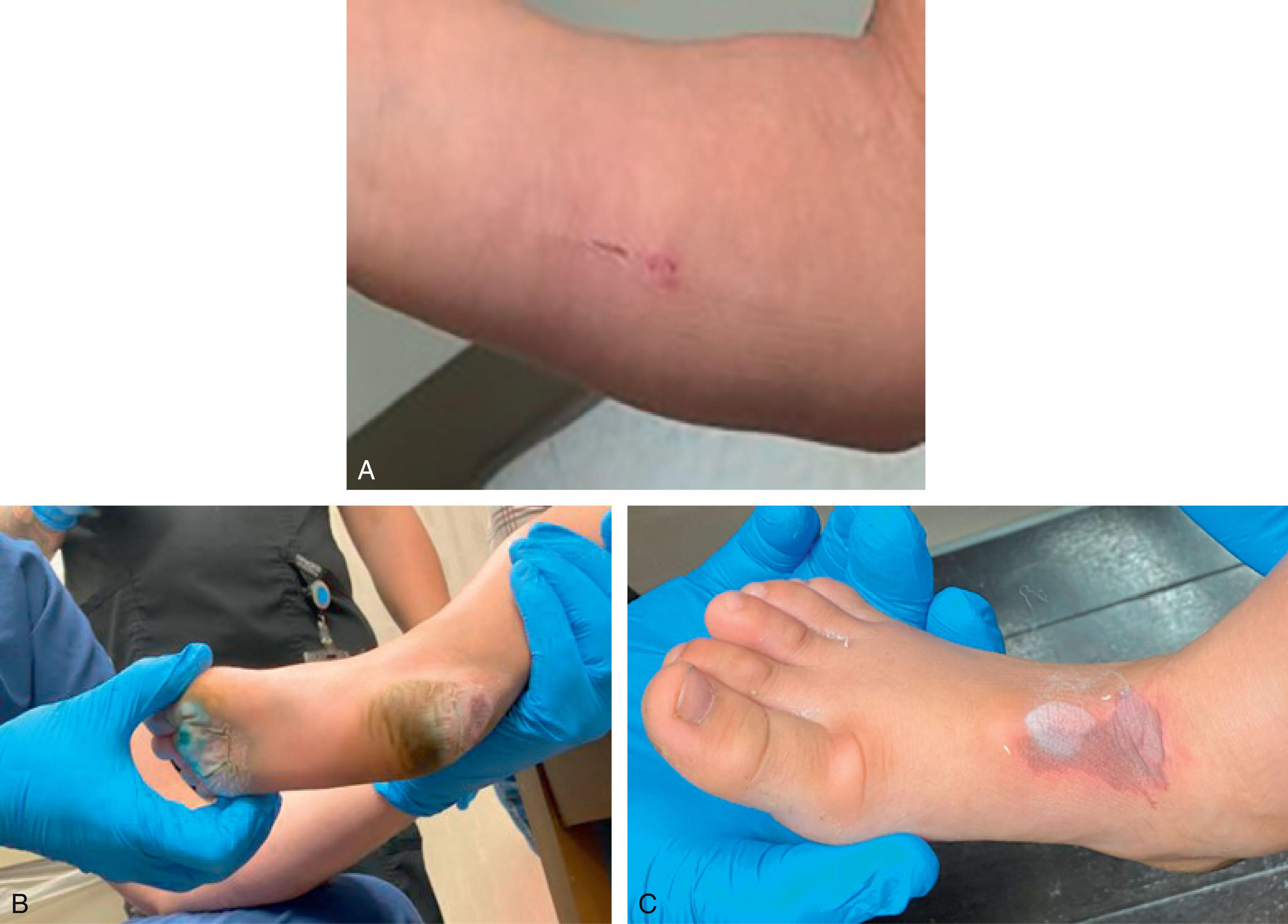Physical Address
304 North Cardinal St.
Dorchester Center, MA 02124
Accounting for 15% of long-bone fractures in the pediatric population, tibial shaft fractures are one of the most common injuries treated by orthopedic surgeons. The treatment of such a common fracture can vary from nonoperative to surgical management depending upon several factors: fracture pattern, alignment, mechanism, associated injuries, and skeletal maturity of the patient. In terms of nonoperative management, the most common treatment involves long leg cast immobilization with or without interval closed reduction under sedation; alternatively, surgical management can range from flexible nails to rigid nails, plate osteosynthesis, uniplanar external fixation, or even multiplanar external fixation. When counseling patients and their families on such a common injury with multiple treatment options, it becomes imperative to both understand and explain the avoidable and potentially unavoidable complications with each treatment modality. Moreover, an understanding of methods to avoid such complications or how to navigate precarious situations in which they occur should be in the arsenal of every orthopedic surgeon who cares for pediatric patients.
A majority of pediatric tibial shaft fractures can be managed nonoperatively with cast treatment. For pediatric patients below 8 years of age, acceptable parameters of fracture alignment for nonoperative management include: up to 10 degrees of coronal and sagittal angulation, 50% translation, 0 degrees malrotation, and 1 cm shortening. Meanwhile, adolescents older than 8 years of age naturally have more stringent parameters that do not allow for much shortening and allow less angulation. When cast treatment is successful, it is cost-effective and avoids implant-related pain as well as the possible need for later hardware removal; however, it is not a completely benign treatment option. In addition to a period of 10 to 12 weeks of immobilization, pediatric patients’ families should be counseled about the risk for compartment syndrome, loss of reduction, potential future surgical management, and soft tissue complications such as cast saw burns or pressure wounds from cast manipulation.
In terms of loss of reduction with closed treatment, Kinney et al. identified initial fracture displacement greater than 20% and an associated fibula fracture as independent risk factors for cast treatment failure and ultimate conversion to surgical treatment. Although this study only included adolescents between 12 and 18 years of age, it highlighted two nonmodifiable risk factors to consider when pursuing cast treatment. Loss of reduction in a cast, however, can also be attributed to poor technique and not understanding the deforming forces on the fracture site. With an intact fibula, 60% of pediatric tibial shaft fractures develop varus angulation; conversely, an associated fibula fracture increases the risk of developing valgus angulation. To avoid such complications, cast placement should be performed with a skilled assistant who can hold the leg in position while one applies a valgus three-point mold for tibial shaft fractures that have an intact fibula or varus mold for a tibial shaft fracture that has an associated fibula fracture. The initial long leg cast should be placed with the knee in 20 to 40 degrees of flexion and the ankle in 10 to 20 degrees of plantarflexion to avoid recurvatum at the fracture site. While monitoring reduction with serial radiographs over the first few weeks, cast wedging is a technique that can be used to address borderline losses in reduction. Ho evaluated 75 adolescent tibial shaft fractures where only 4% of patients converted to surgical management and 21% of patients underwent cast changes or wedging in clinic. The author recommended an opening wedge technique in the concavity of the deformity to avoid the risk of fracture shortening and skin complications.
Although cast saw burns and pressure wounds occur in less than 1% of patients ( Fig. 13.1 ), they are modifiable complications that have a significant cost burden on the patient and the healthcare system. When valving a cast for a tibial shaft fracture, it is recommended to have experienced personnel use the “in-out” technique on either the medial or lateral portion of the cast to avoid the concavity near the anterior ankle where skin abrasions can occur; moreover, using sharp blades with a damp rag to cool the blade intermittently is recommended. Safety strips are another adjunct to prevent these skin complications. Moreover, these techniques can be taught in a highly reproducible training module with the use of spaced repetition.

Become a Clinical Tree membership for Full access and enjoy Unlimited articles
If you are a member. Log in here